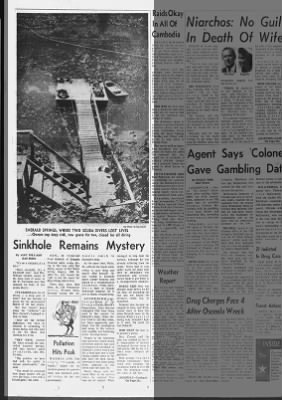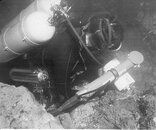I have an Abalone Diver friend (well once was back in the glory days) who used to dive for hours, yes hours at 30ft or so on SSo2 collecting Abs.
The current US Navy's no decompression limit for 30'/9.14m is 371 minutes/5.98 hours: US Navy Diving Manual, Revision 7A, 2018, Table 9‑9. Air Decompression Table, page 9-65, Adobe page 381. In practice, commercial ab divers have a meandering dive profile that varies quite a bit following the bottom profile.





